Portfolio
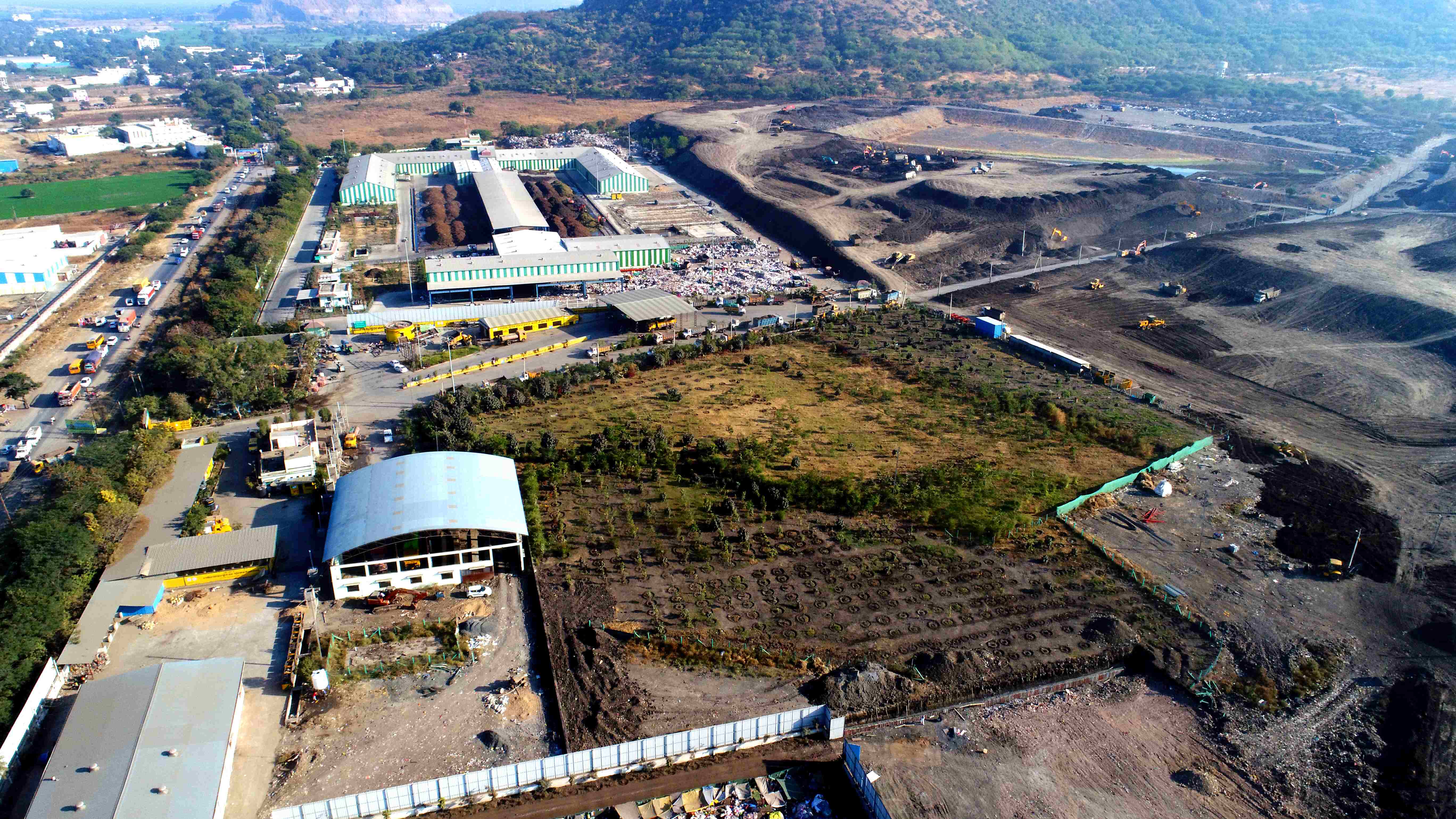
Sustainable City Projects at India's Cleanest City Indore
The Smart City Indore initiative, launched by the Indore Municipal Corporation, actively involves residents in qualifying Indore for the Smart City Mission by the Government of India. The project focuses on multi-sectoral development, including Governance, Transportation, Energy & Waste Management, Water Management, Finance, Health & Education, Infrastructure, and Heritage.
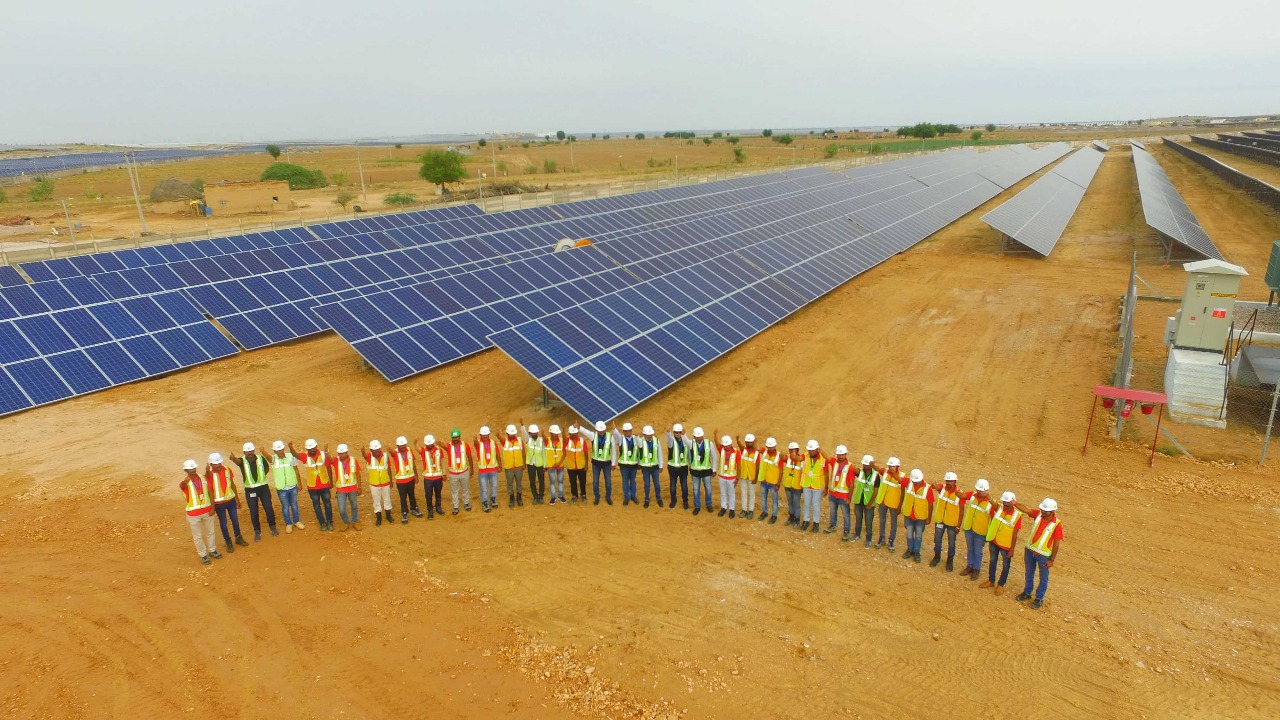
300 MW Solar PV Plant at Bhadla, Rajasthan
The project activity is a 300 MW solar power project, promoted by Clean Solar Power (Bhadla) Pvt. Ltd. at Bhadla, Rajasthan, India. The project will replace anthropogenic emissions of greenhouse gases (GHG’s) estimated to be approximately 492,382 tCO2e per annum, thereon displacing 525,600 MWh/year amount of electricity from the generation-mix of power plants connected to the Indian electricity grid, which is mainly dominated by thermal/fossil fuel based power plant.
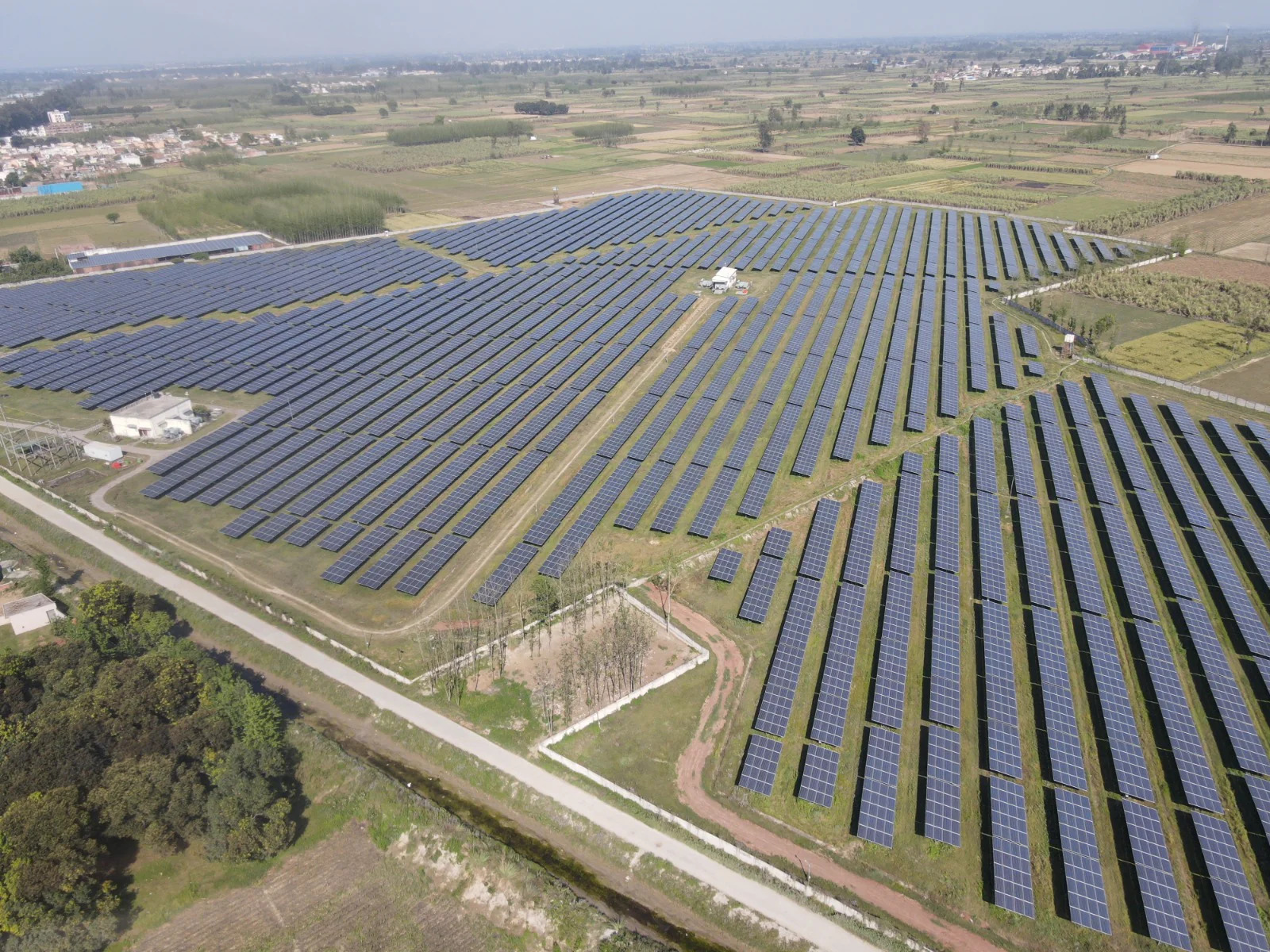
Renewable Power Project by Emami Power Ltd
This project generates electricity using renewable solar energy. The project activity reduces anthropogenic emissions of greenhouse gases estimated to be approximately 32,412tCO2e per year, thereby replacing 31,689 MWh/year amount of electricity with renewable energy. The project diversifies the mix of power plants connected to the INDIAN GRID, which is mainly dominated by thermal/fossil-fuel-based power plants. Emami Power Ltd is the promoter of the project activity.
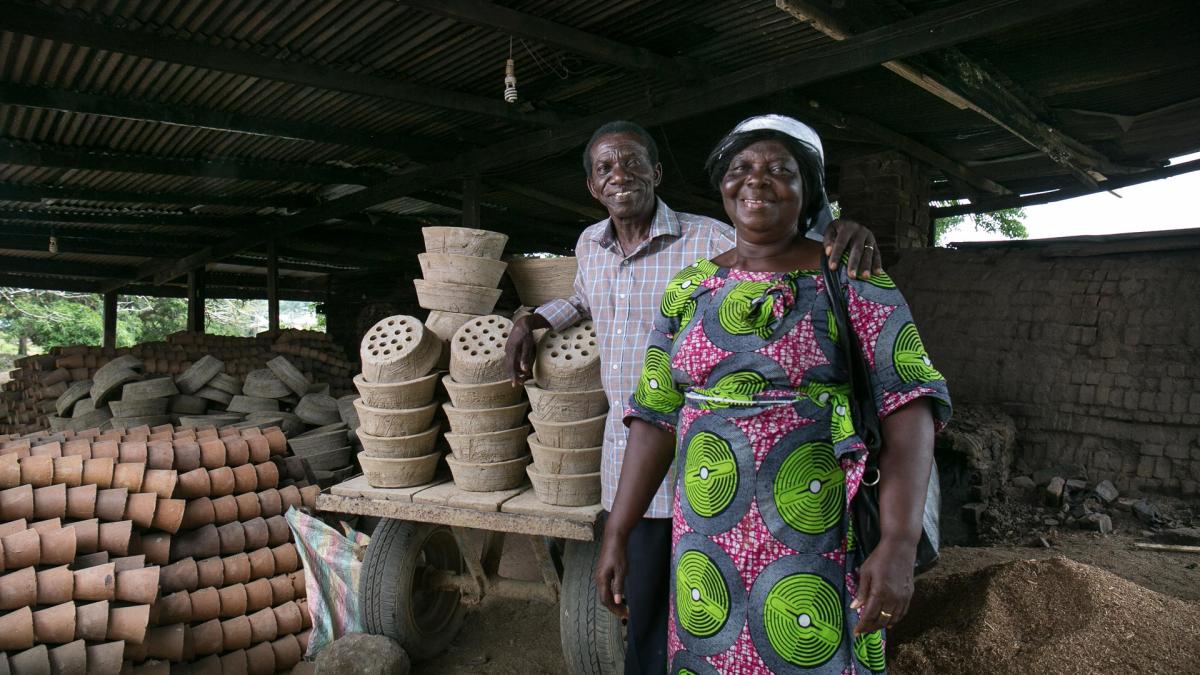
Improved Cookstove Distribution in Ghana by EKI
The main purpose of the project is the distribution of fuel efficien t improved cook stoves (ICS) in the Republic of Ghana (Ghana). The Improved cookstove stove distributed through this project has replaced the low efficient baseline cookstove . The ICS burns charcoal more efficiently thereby improving thermal energy transfer to pots , hence saving charcoal and greenhouse gases . T his halt the rapidly progressing deforestation and also reduce health hazards from indoor air (smoke) pollution.
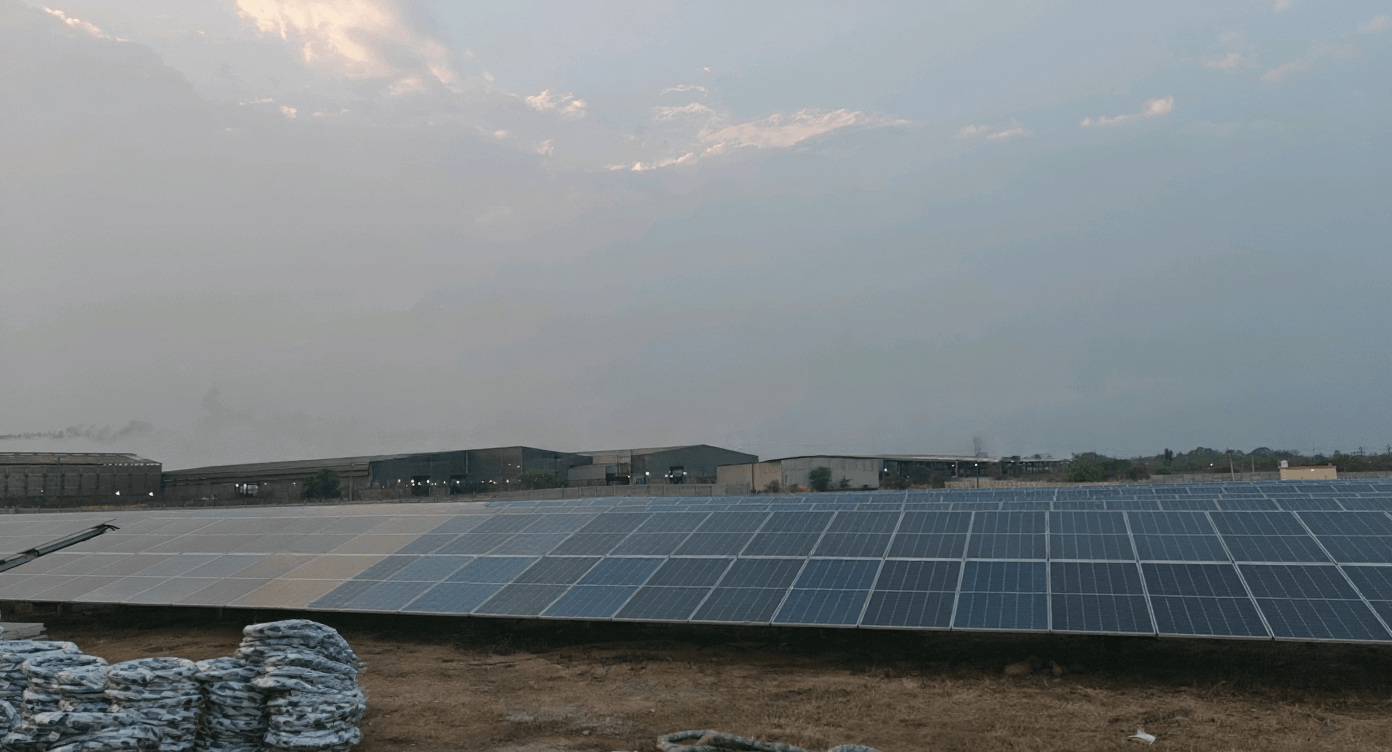
Indian I-RECs Project
This project consists of a 5.5 MW utility-scale, ground-mounted solar photovoltaic array sited near Chhapora in Chhattisgarh. Commissioned just before the end of 2023, it was formally registered in the I-REC system on January 1, 2024, and will remain eligible for certificate issuance through December 31, 2028. The facility employs proven PV technology (TC110) and uses solar as its primary energy source (ES100). As a non-supported installation, it operates without supplementary subsidies or feed-in tariffs, relying entirely on market-based renewable energy certificate revenues.